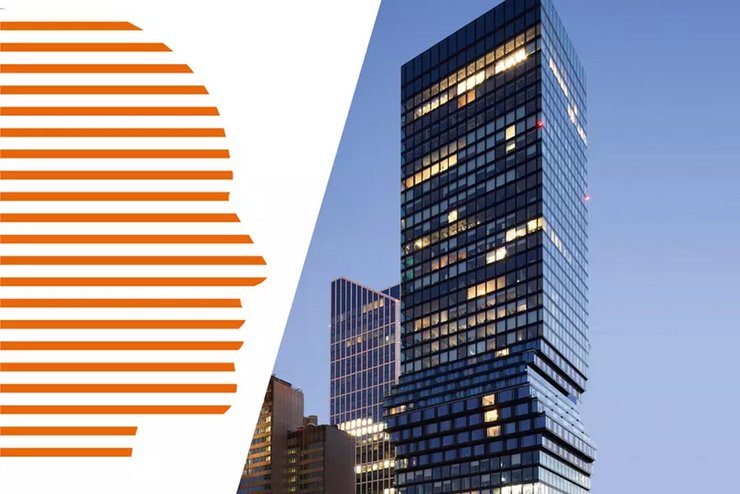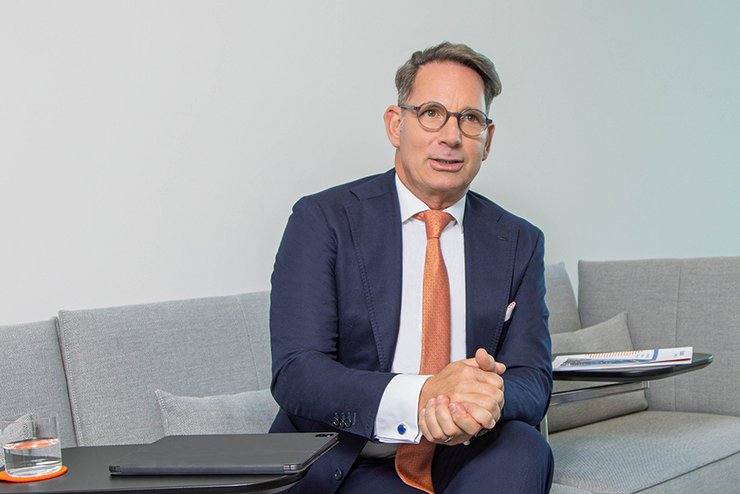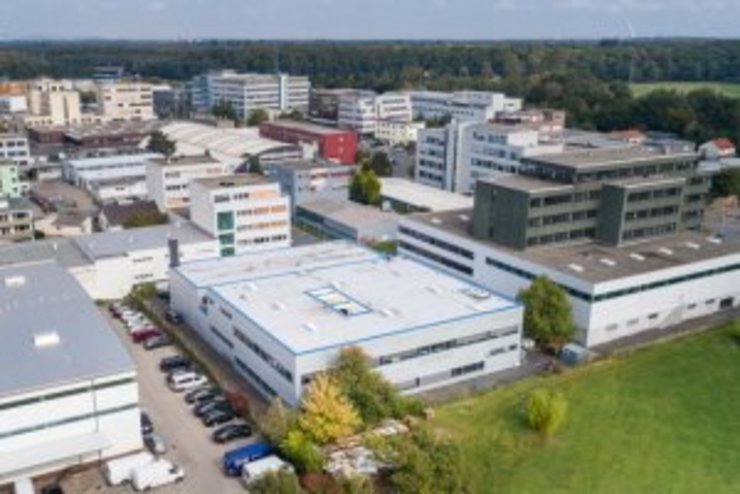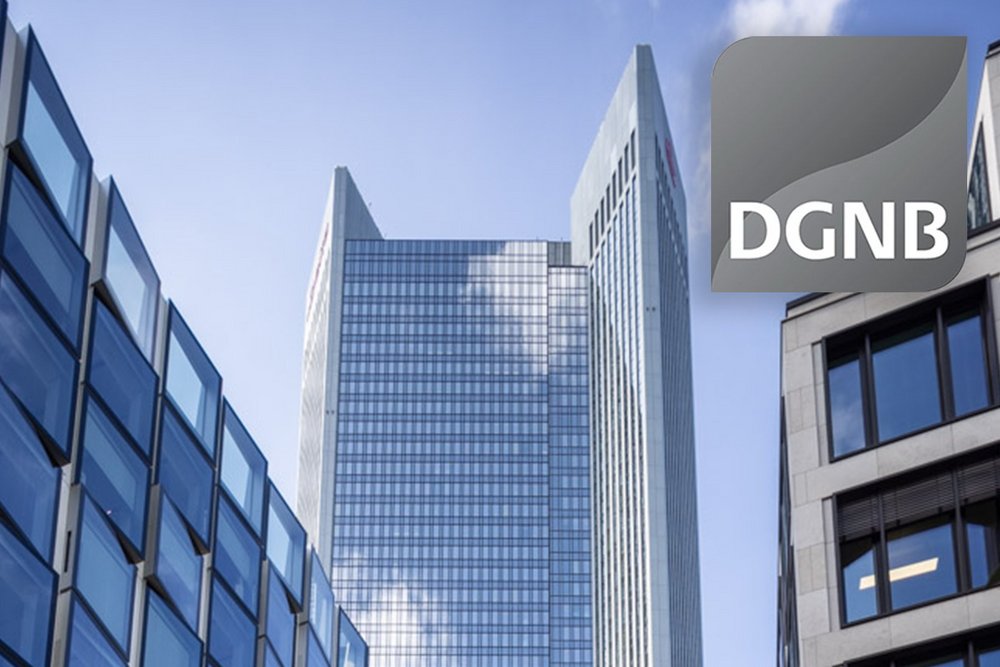Frankfurt's TRIANON in Mainzer Landstrasse has been awarded the Platinum Standard and thus the highest certification from the German Sustainable Building Council (DGNB) in the course of the initial DGNB certification in accordance with the DGNB system for buildings in use (2020 version).
This certifies that the high-rise, which was built in 1993 and is almost 190 meters high with 47 floors, is having a demonstrably sustainable building operation at the highest level. In terms of the overall level of fulfilment achieved, the TRIANON is one of the 10 projects with the best certification result ever achieved among all projects that have received a DGNB certificate for buildings in use.
KanAm Grund Group has been responsible for the asset and property management of the building since the end of 2020. Since then, a number of measures have already been implemented - also with the involvement of the current tenants - to offer users the highest standards in terms of environmentally friendly, resource-conserving, efficient and sustainable operation of the property.
Manuel Hein, Head of ESG Strategy at KanAm Grund Group, explains: "With the goal of a climate-neutral building stock by 2045, we want to shape our buildings’ future and have therefore opted for the initial DGNB certification of the TRIANON. The DGNB label for buildings in use does not certify properties based on past results and criteria, but rather places value on the future development of the property. The focus is on the best possible use of the building by the tenants and therefore also the optimization of processes, climate parameters, outdoor areas and, of course, costs."
"Systematically optimizing the building stock in terms of sustainability and climate protection is a central task of the real estate industry," says Johannes Kreißig, Managing Director of the DGNB. "The DGNB platinum certificate is the best proof that TRIANON is systematically pursuing this objective."
As part of the certification process, sustainability committees with the tenants were set up on a regular basis to discuss ESG issues and define measurable targets for energy consumption and operating costs. Tenant surveys are also carried out. As a result, KanAm Grund Group has realized various asset management measures, such as the implementation of Meteoviva Climate. This is an intelligent building management system that links meteorological data with data from the building technology and the current indoor climate and then determines the optimum operating information for the building. The aim is to reduce operating and ancillary costs while at the same time increasing comfort.
A digital information pillar in the lobby of the TRIANON provides up-to-date ESG data and also provides information on suburban railway timetables etc. To encourage tenants to get to work by bicycle, there are plans to add a maintenance station to the bicycle parking spaces. In addition, a new biodiversity concept for the property's outdoor areas is to be implemented in spring 2024. The aim is to upgrade these areas and create opportunities for users to retreat into nature.
In the past, the TRIANON has already received LEED Platinum certification from the U.S. Green Building Council, which focuses on energy efficiency. The high-rise also has WiredScore Platinum certification, which certifies that the Trianon has "best-in-class" connectivity and full transparency with regard to the digital infrastructure.
About DGNB certification
The certification system developed by the DGNB and in existence since 2009 is one of the most advanced systems in the world and is internationally recognized as the Global Benchmark for Sustainability. The aim of certification is to make sustainable building practicable, measurable and therefore comparable. As a planning and optimization tool for assessing sustainable buildings, the DGNB system helps to increase real sustainability in construction projects. It is based on a holistic understanding of sustainability that takes equal account of the environment, people and economic efficiency. There are separate system variants for new buildings, refurbishments, buildings in operation, construction sites and building demolition. More than 10,000 projects in around 30 countries have already been recognized by the DGNB.
Like other DGNB systems, the DGNB system for buildings in use assesses buildings according to their degree of fulfilment. The overall degree of fulfilment is calculated from the assessment of the individual criteria. The highest award is the platinum certificate. The certificate is valid for three years.
The system takes into account nine criteria from three subject areas, which stand for sustainable building operation and long-term value retention. The basic structure of the DGNB "Buildings in Use" system is based on the familiar three-pillar model of sustainability and divides the key aspects of sustainable building operation into the areas of ecological quality, economic quality and socio-cultural and functional quality.



